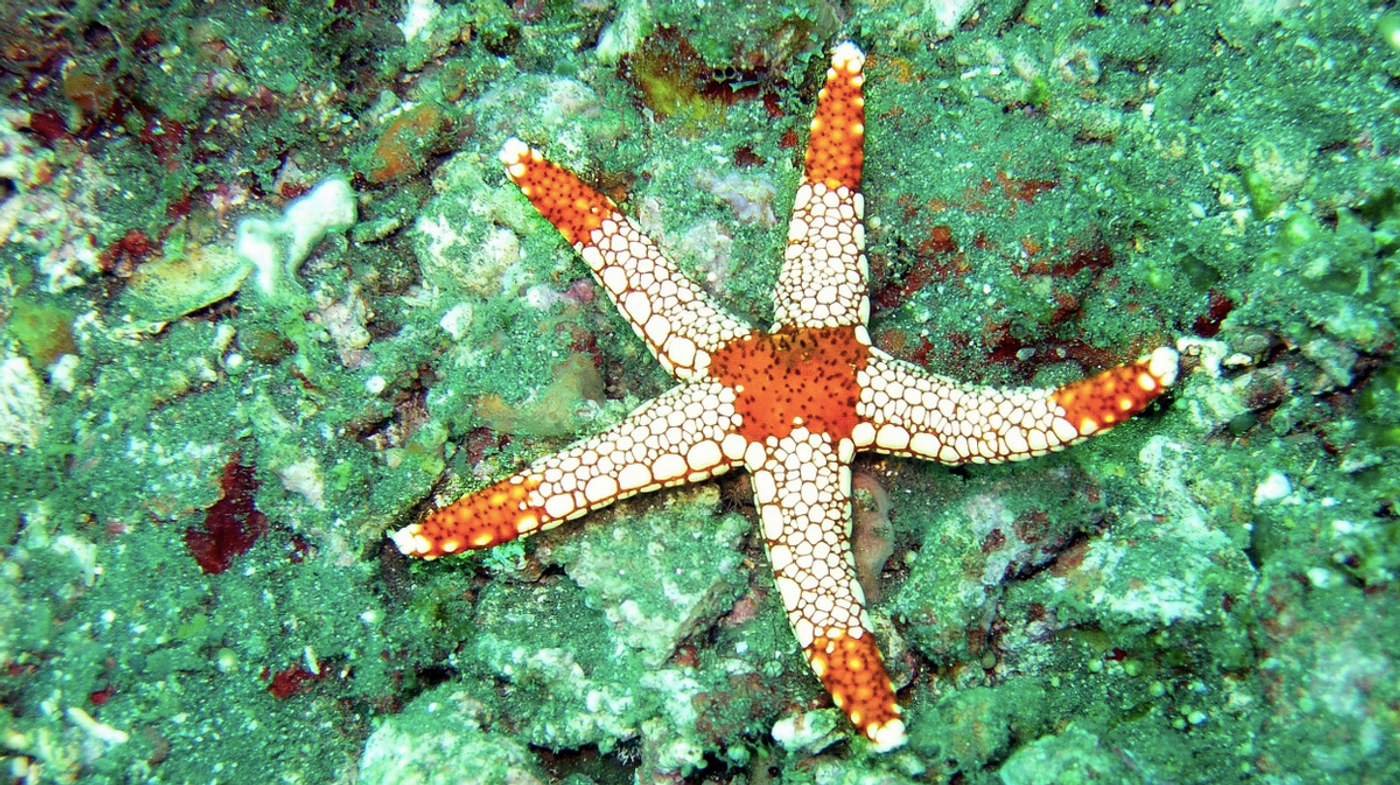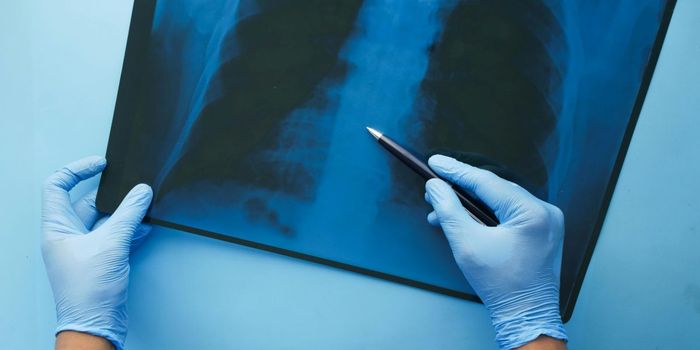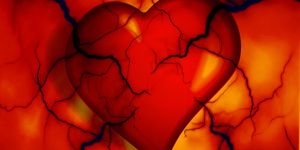The Symmetry of Sea Stars Reveals More About Development
With time lapse photography, scientists have now learned more about the symmetry of sea stars. This work, which was reported in Current Biology, could tell us more about how all organisms establish and maintain a body plan as they develop. The study used an animal called the bat star (Patiria miniata), which are bilaterally symmetric like humans, before they grow into a five-pointed star. The researchers determined that a protein called Dishevelled is critical to this process (Dishevelled may also refer to a family of proteins in some organisms).
"Sea stars and a huge diversity of other animals have an incredibly complex body plan, none of which is possible without the polarity of the initial cell," said senior study author Iain Cheeseman of the Whitehead Institute. "This work shows how the polarity originates as early as the meiotic divisions in the developing oocyte through an unexpected strategy to break its symmetry and achieve the asymmetric distribution of developmental factors."
When these sea stars are at the first stages of life as oocytes, polarity is established immediately. The Dishevelled protein moves to the bottom or vegetal end of the cell, which will come to be the embryo's posterior end after more growth has occurred. But that protein gets into position before the oocyte has even divided into two daughter cells.
Dishevelled plays a role in a signaling pathway in cells called Wnt (pronounced 'wint') that is found in many organisms. "The Wnt pathway is evolutionarily ancient," said first study author Zak Swartz, PhD, a postdoctoral researcher at Whitehead Institute. "Jellyfish use it, sea stars use it, people use it, and I think that's really quite profound." When genes, proteins and pathways are maintained throughout the animal kingdom, they are said to be conserved, and that conservation of function is thought to signify its importance to organisms.
In the bat star, Wnt helps establish symmetry during development. Dishevelled helps carry that out by relaying signals from the outside of bat star cells to inside of the cell, and the nucleus. With time-lapse photography, the researchers observed Dishevelled and saw that before the oocyte divided, Dishevelled proteins were aggregated throughout the cytoplasm in a uniform distribution. Once the cell prepared to divide, the aggregates disappeared, and then reformed at the vegetal part of the cell.
Now that we know a bit more about the role of Dishevelled, the researchers are now planning to learn more about how these aggregates are created and composed. They may be influenced by a phenomenon known as phase separation, in which droplets can form in cells, sometimes to group reaction components together or sequester something.
"It's quite striking that Dishevelled localization seems to be an important feature in the Wnt pathway in sea stars, but also in distantly related vertebrates," said Swartz. "My feeling is that the ability to activate this pathway in selective parts of the early embryo by interpreting polarity built into the oocyte may be a really critical feature of the evolution of the animal body plan."
Sources: Whitehead Institute, Current Biology









